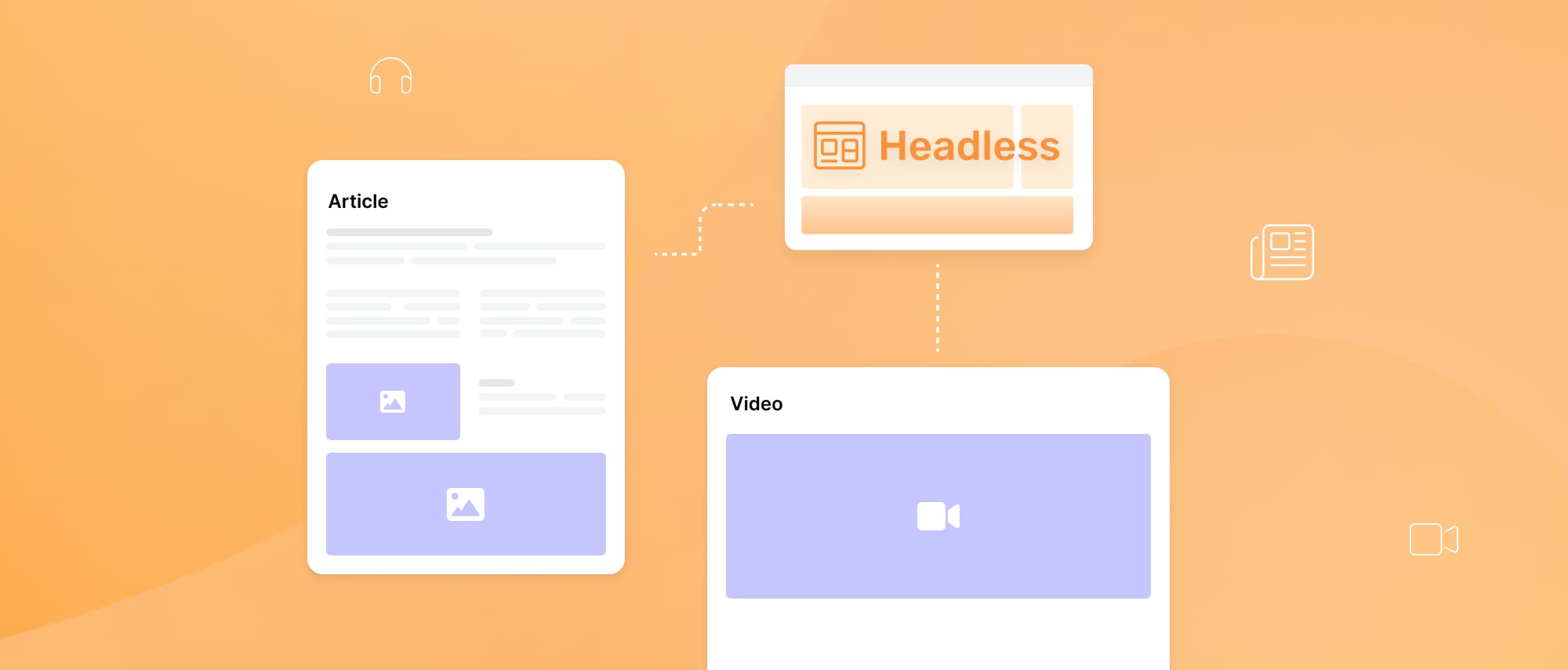What is a headless CMS?
So, what exactly is a headless CMS? Well, it takes a unique approach by decoupling the frontend presentation layer from the backend content management system. Unlike traditional CMS platforms that tightly integrate content creation, management, and presentation, a headless CMS provides content through APIs (Application Programming Interfaces). This separation allows businesses to deliver content across various platforms and devices, leveraging modern technologies to enhance user experiences.
Now, let's talk about the awesome benefits that a headless CMS brings to content management:
Flexibility in frontend design
First off, you'll enjoy flexibility in frontend design. With a headless CMS, you're not limited by pre-built templates or themes. You have the freedom to design and develop custom front-ends using modern frontend technologies, frameworks, and libraries. This means you can create visually stunning and interactive user interfaces that perfectly align with your brand's identity and specific business requirements.
Multi-channel content delivery
Next up, multi-channel content delivery. A headless CMS empowers you to seamlessly deliver content across multiple channels such as websites, mobile apps, social media platforms, voice assistants, and more. By leveraging APIs, your content can be retrieved and presented consistently across different touchpoints. This ensures a cohesive user experience and maximizes your reach.
Enhanced scalability and performance
Let's not forget about enhanced scalability and performance. Thanks to the decoupled architecture of a headless CMS, you can scale your systems efficiently. Since the backend content management and frontend presentation are separate, each component can be optimized independently for optimal performance. This scalability ensures that your business can handle high traffic loads, expand to new platforms, and deliver a seamless experience even as user demand grows.
Easy collaboration
Collaboration becomes a breeze with headless CMS solutions. They facilitate smooth collaboration between content creators, designers, and developers. Content creators can focus on crafting engaging and relevant content, while designers have the freedom to create visually appealing interfaces. Developers can consume content via APIs and build frontend experiences. This results in streamlined workflows, faster time-to-market, and reduced dependencies.



